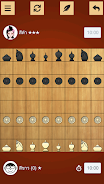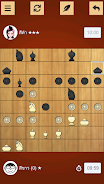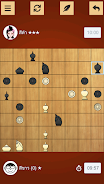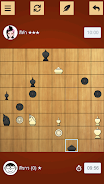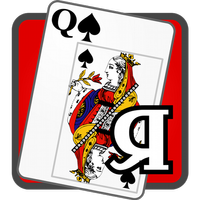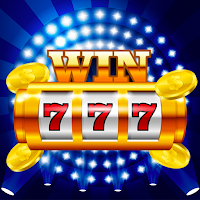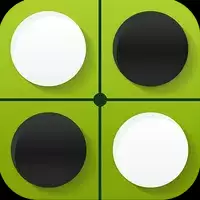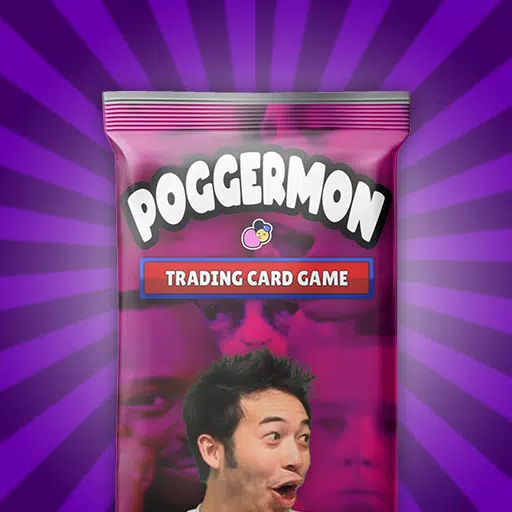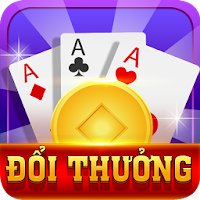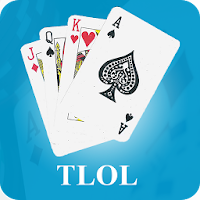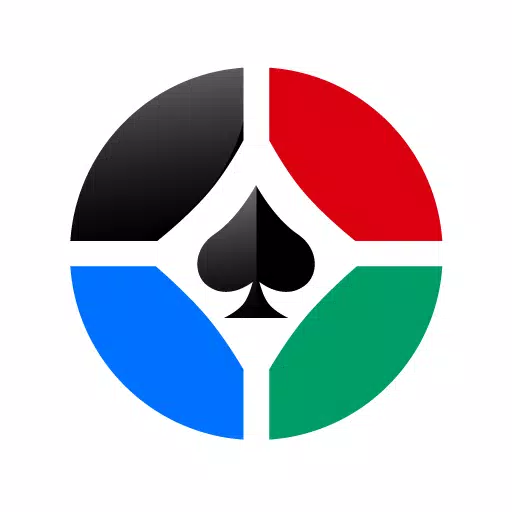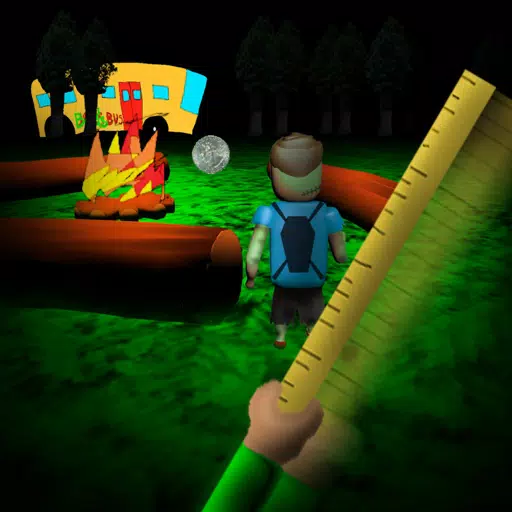Makruk, also known as Thai chess, is a traditional strategy board game akin to chess, yet boasting unique rules and pieces. Played on an 8x8 grid, it features familiar pieces like the king and queen, alongside distinctive pawns, each with individual movement patterns. The goal remains the same: checkmate the opponent's king. Makruk demands sharp tactical thinking and strategic foresight, contributing to its enduring popularity in Thailand.
Makruk Game Features:
- AI Opponents: Test your mettle against computer opponents of varying skill levels, from beginner to expert.
- Daily Challenges: Hone your skills with a fresh challenge each day.
- Global Leaderboard: Compete with players worldwide and climb the global rankings.
- Game Sharing: Share your triumphant moves with friends and family.
- Undo & Save/Load: Correct mistakes and save your progress for later sessions.
- Timed Gameplay: Add a thrilling time constraint to your games.
Makruk (Thai: หมากรุก; rtgs: Mak Ruk;), or Thai chess, traces its lineage back to the 6th-century Indian game of chaturanga, or a close variant, thus sharing a family resemblance with modern chess. It's considered the closest surviving relative to the common ancestor of all chess variations.
An estimated two million Thais are proficient in Makruk, compared to 5,000 who play international chess.
According to former world chess champion Vladimir Kramnik, Makruk is strategically more complex than international chess. Careful planning is crucial, as Makruk often resembles a complex endgame in international chess.
Game Rules
---------
The Pawn (called เบี้ย bia, a cowry shell, historically used as currency) moves and captures like a chess pawn, but without the initial two-square move option, eliminating the possibility of en passant captures. Reaching the sixth rank always results in promotion to a queen (med).
The Queen (called เม็ด met), the weakest piece, moves one square diagonally, similar to the fers in shatranj, or a cat sword in dai shogi.
The Bishop (called โคน khon, nobleman or mask) moves one square diagonally or one square forward, much like the silver general in shogi.
The Knight (called ม้า ma, horse) moves like a knight in Western chess: two squares in one direction, then one square perpendicularly. It leaps over intervening pieces.
The Rook (called เรือ ruea, boat) moves like a chess rook: any number of squares horizontally or vertically.
The King (Ang) moves like a chess king – one square in any direction. It was formerly permitted a knight's move on its first turn (Ses), but this rule is no longer used in Thailand. Checkmate of the king ends the game.
What's New
Bug fixes implemented.


